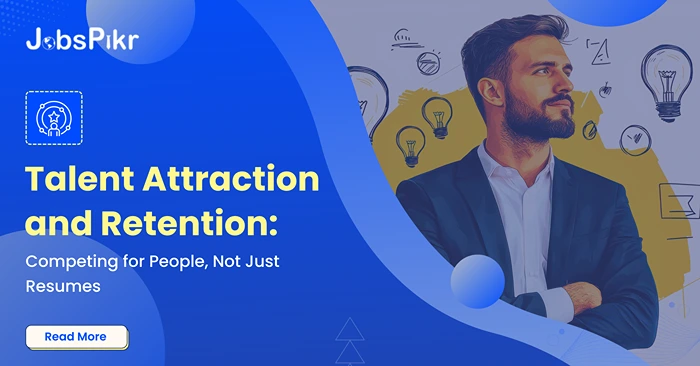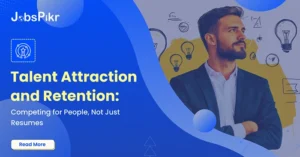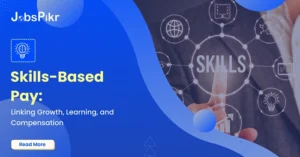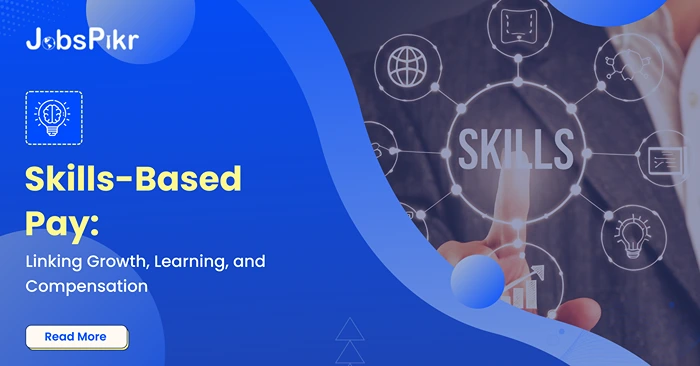A leading e-commerce company, celebrated for its innovative platform, was facing a paradoxical crisis. While its customer base was growing exponentially, its workforce was shrinking. The company was losing its best software engineers, data scientists, and product managers to competitors, and struggling to attract high-caliber replacements. The talent acquisition team was working harder than ever, but offer acceptance rates were declining, and key roles remained open for months.
Internally, the frustration was palpable. Exit interviews consistently revealed that employees were leaving for better opportunities that offered not just higher pay, but also more flexibility and clearer growth paths. The company’s leadership realized they were flying blind in a highly competitive talent market. They were making offers and defining retention strategies based on outdated assumptions, and it was costing them their most valuable asset: their people.
The Challenge
The company’s approach to talent management was reactive rather than proactive. It lacked the real-time market intelligence needed to understand the modern talent landscape. This created several critical disadvantages:
- Uncompetitive Offers: Recruiters were entering negotiations without a clear understanding of current salary benchmarks, skill premiums, or the non-monetary benefits that competitors were offering.
- High Attrition Risk: The company had no system to identify which roles were most at risk of attrition or to proactively address the factors driving employees to leave.
- Ineffective Employer Branding: Their recruitment marketing messages were generic and failed to highlight the specific value propositions that would attract the talent they needed most.
- Slow Decision-Making: Without data, every hiring and retention decision was bogged down in debate and manual research, causing them to lose top candidates to faster-moving competitors.
This challenge is universal. In today’s market, companies that rely on intuition instead of data are consistently outmaneuvered. The struggles of major HR tech platforms underscore this reality.
| Client Archetype | Business Focus | The Core Talent Attraction & Retention Challenge | The Strategic Consequence |
| Talent Intelligence Platform | AI-driven talent solutions | Needed to spot remote/hybrid work trends to inform offers. | Inability to provide clients with competitive offer data and retention analysis. |
| Enterprise HR Analytics | Compensation & market analytics | Required data to identify and close retention gaps. | Limited ability to deliver actionable retention strategies to their clients. |
The e-commerce company knew it had to stop guessing and start using data to build a strategic, evidence-based approach to winning and keeping its talent.

Image Source: monitask
The Approach
The Chief Human Resources Officer (CHRO) launched a cross-functional initiative called “Talent Intelligence as a Service” to embed data into every stage of the employee lifecycle. The goal was to replace assumptions with real-time market signals. The new approach was built on four key pillars:
- Live Compensation Benchmarking: Instead of relying on annual salary surveys, the company began tracking live salary data from active job postings to ensure every offer was competitive and aligned with current market rates for specific skills and locations.
- Predictive Attrition Modeling: The HR analytics team built a model that combined internal data (tenure, performance, compensation ratio) with external market data (demand for specific skills) to identify employees and roles at the highest risk of turnover.
- Targeted Employer Branding: The company analyzed job descriptions from top competitors to understand how they were positioning themselves. This insight was used to rewrite their own job postings to highlight their unique culture, benefits, and growth opportunities. 4. Data-Driven Retention Strategies: Instead of one-size-fits-all retention bonuses, the company used market data to design targeted interventions, such as upskilling programs for employees with high-demand skills or introducing flexible work options in regions where it was a key differentiator.
Implementation
The new talent intelligence framework was first rolled out in the company’s technology division, which had the highest attrition rates.
- Recruiter Dashboards: The talent acquisition team was equipped with real-time dashboards showing median salaries, in-demand skills, and the most common benefits offered by competitors for key tech roles. This allowed them to have data-driven conversations with candidates and hiring managers.
- Proactive Retention Alerts: Managers received quarterly “retention risk” reports that flagged high-performing employees in high-demand roles who were paid below the market median. This prompted proactive career conversations and compensation adjustments before an employee started looking for another job.
- A/B Testing Job Descriptions: The company started A/B testing different versions of their job descriptions to see which ones attracted the most qualified candidates. They discovered that highlighting their commitment to open-source contributions significantly increased applications for senior engineering roles.
The success in the tech division led to a company-wide rollout within six months. The talent intelligence unit became a central, strategic function, providing insights that informed everything from workforce planning to leadership development.
Lessons Learned

This data-driven transformation provided several critical lessons for the entire organization.
- The Market Moves Faster Than Your Annual Survey: In the modern talent landscape, real-time data is not a luxury; it’s a necessity. Companies that wait for annual reports are already months behind their competitors.
- Retention is Proactive, Not Reactive: The most effective way to reduce attrition is to address it before it happens. Predictive analytics allows companies to identify and solve potential problems before they lose their best people.
- Your Employer Brand is What the Market Says It Is: Companies must understand how they are perceived in the talent market. Analyzing competitor job descriptions and market trends provides an honest, external view that is essential for effective branding.
- Data Empowers Recruiters and Managers: Providing recruiters and hiring managers with direct access to market intelligence transforms them from order-takers to strategic talent advisors. It builds their confidence and credibility.
- Targeted Interventions are More Effective: A one-size-fits-all approach to retention is inefficient and often ineffective. Data allows for targeted, high-impact interventions that address the specific needs of different employee segments.
The Role of Data
Data was the lifeblood of this entire initiative. Continuous access to live labor market intelligence—including job postings, salary trends, and skill demand data—was integrated directly into the company’s HR systems.
This data stream replaced anecdotal evidence with hard facts. The talent acquisition team could see exactly how their offers stacked up against the competition. HR business partners could have objective conversations with leaders about compensation and retention risks. The leadership team could make workforce planning decisions with a clear understanding of the talent landscape. Over time, the company built a rich internal dataset that correlated market trends with their own hiring and retention outcomes, creating a powerful predictive engine for talent management.
Outcome
The shift to a data-driven talent strategy produced clear, measurable results that revitalized the company’s ability to compete for talent.
The most immediate impact was on hiring. Offer acceptance rates for critical tech roles increased from a dismal 55% to over 80% within the first year. The average time-to-fill for senior positions was cut by nearly 40%. This was a direct result of making competitive, data-backed offers and effectively communicating the company’s value proposition.
On the retention front, the results were equally impressive. Voluntary attrition in the technology division dropped by 22%, as the company was able to proactively address compensation issues and career development needs for its high-risk employees. This not only saved millions in replacement costs but also improved team morale and stability. The company’s reputation in the talent market began to change, with positive reviews on job platforms citing the company’s transparency and commitment to employee growth.
Conclusion
By embracing talent intelligence, the company transformed its approach to talent attraction and retention from a reactive, gut-feel exercise into a proactive, data-driven strategy. They no longer hoped to win the war for talent; they had a clear plan to do so. The organization now moves with confidence, knowing it has the insights to make competitive offers, retain its best people, and build the workforce it needs for the future. Talent management is no longer a source of frustration but a sustainable competitive advantage.






